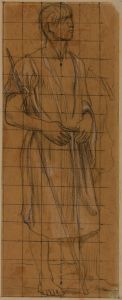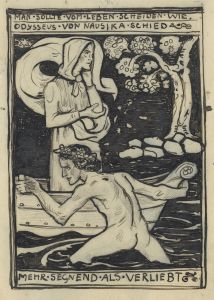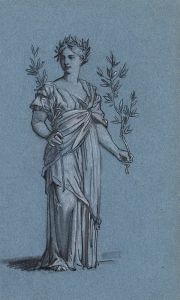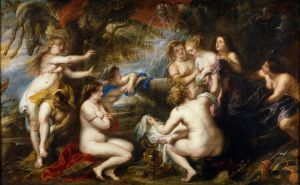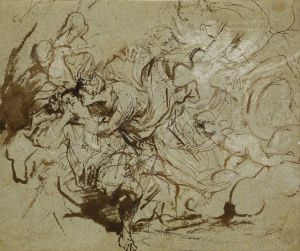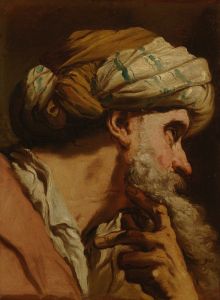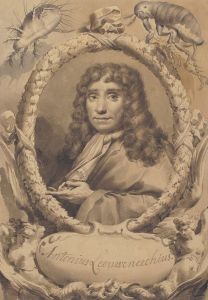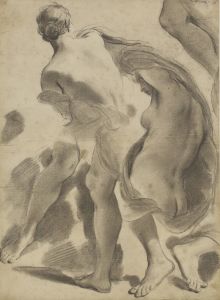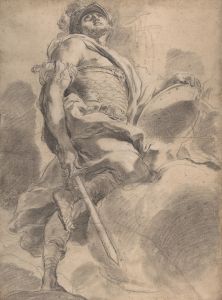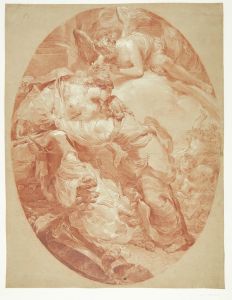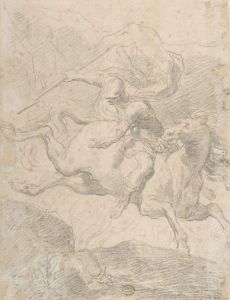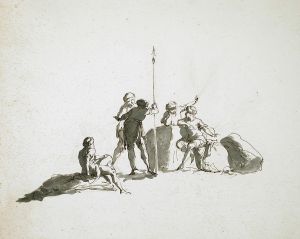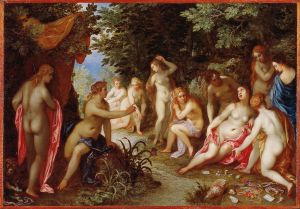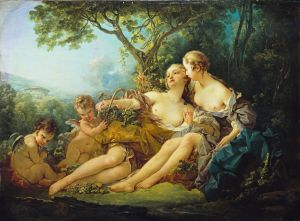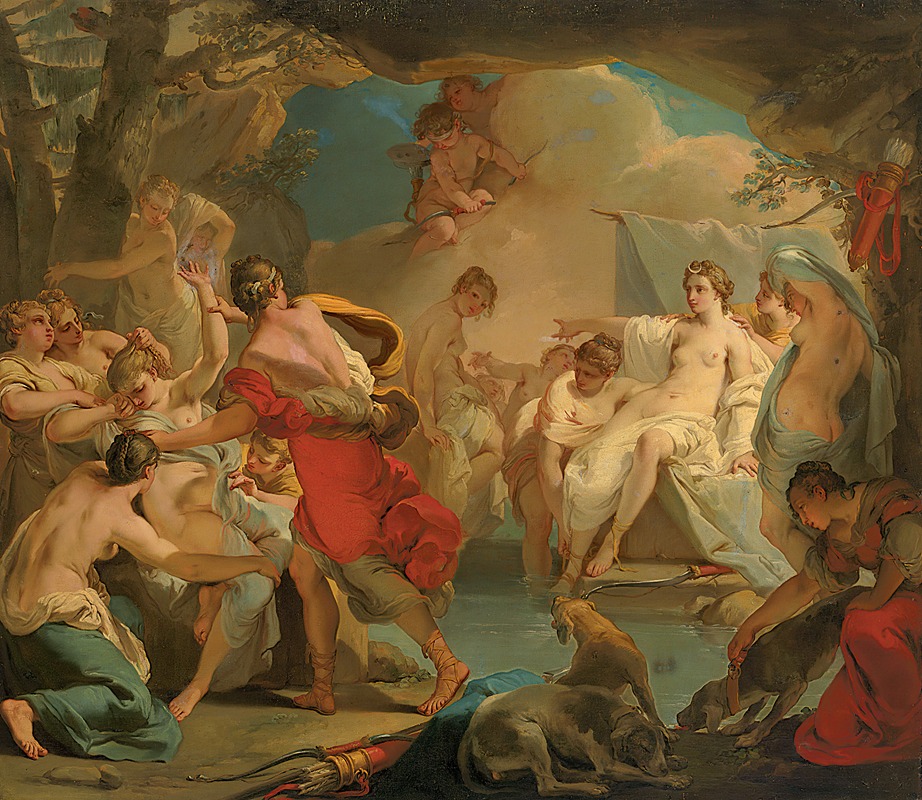
Diana and Callisto
A hand-painted replica of Gaetano Gandolfi’s masterpiece Diana and Callisto, meticulously crafted by professional artists to capture the true essence of the original. Each piece is created with museum-quality canvas and rare mineral pigments, carefully painted by experienced artists with delicate brushstrokes and rich, layered colors to perfectly recreate the texture of the original artwork. Unlike machine-printed reproductions, this hand-painted version brings the painting to life, infused with the artist’s emotions and skill in every stroke. Whether for personal collection or home decoration, it instantly elevates the artistic atmosphere of any space.
Gaetano Gandolfi was an Italian painter of the late Baroque and early Neoclassical periods, known for his dynamic compositions and vibrant use of color. One of his notable works is "Diana and Callisto," which depicts a scene from classical mythology. This painting illustrates the story of Diana, the Roman goddess of the hunt, and Callisto, one of her nymphs, as recounted in Ovid's "Metamorphoses."
In the myth, Callisto is a follower of Diana, who is known for her chastity and dedication to the hunt. Callisto, however, catches the eye of Jupiter (Zeus in Greek mythology), who disguises himself and seduces her. As a result, Callisto becomes pregnant, which leads to her eventual expulsion from Diana's chaste band of followers. The narrative is rich with themes of transformation, betrayal, and the harsh consequences of divine interactions with mortals.
Gandolfi's "Diana and Callisto" captures the moment of discovery, where Diana learns of Callisto's pregnancy. The painting is characterized by its dramatic composition and emotional intensity. Gandolfi employs a dynamic arrangement of figures, with Diana often depicted in a commanding pose, exuding authority and indignation. Callisto, in contrast, is shown in a state of vulnerability and shame, highlighting the emotional turmoil of the scene.
The use of light and shadow in the painting enhances the drama of the narrative. Gandolfi's skillful application of chiaroscuro creates a sense of depth and movement, drawing the viewer's eye to the central figures. The artist's attention to detail is evident in the rendering of textures, from the softness of the nymphs' skin to the intricate patterns of their garments.
Gandolfi's work is notable for its synthesis of Baroque dynamism and the emerging Neoclassical clarity. His ability to convey complex emotional states through expressive gestures and facial expressions is a hallmark of his style. "Diana and Callisto" exemplifies his mastery in depicting mythological subjects with both grandeur and sensitivity.
The painting reflects the broader artistic trends of the 18th century, where mythological themes were popular subjects for exploration. Artists like Gandolfi were drawn to these stories for their rich narrative potential and the opportunity to explore human emotions and divine interactions. "Diana and Callisto" stands as a testament to Gandolfi's ability to interpret classical mythology with both technical skill and emotional depth.
While specific details about the provenance and current location of "Diana and Callisto" by Gaetano Gandolfi may not be widely documented, the painting remains an important example of his work and contributes to our understanding of 18th-century Italian art. Gandolfi's interpretation of this mythological tale continues to be appreciated for its artistic merit and its insightful portrayal of a timeless story.





